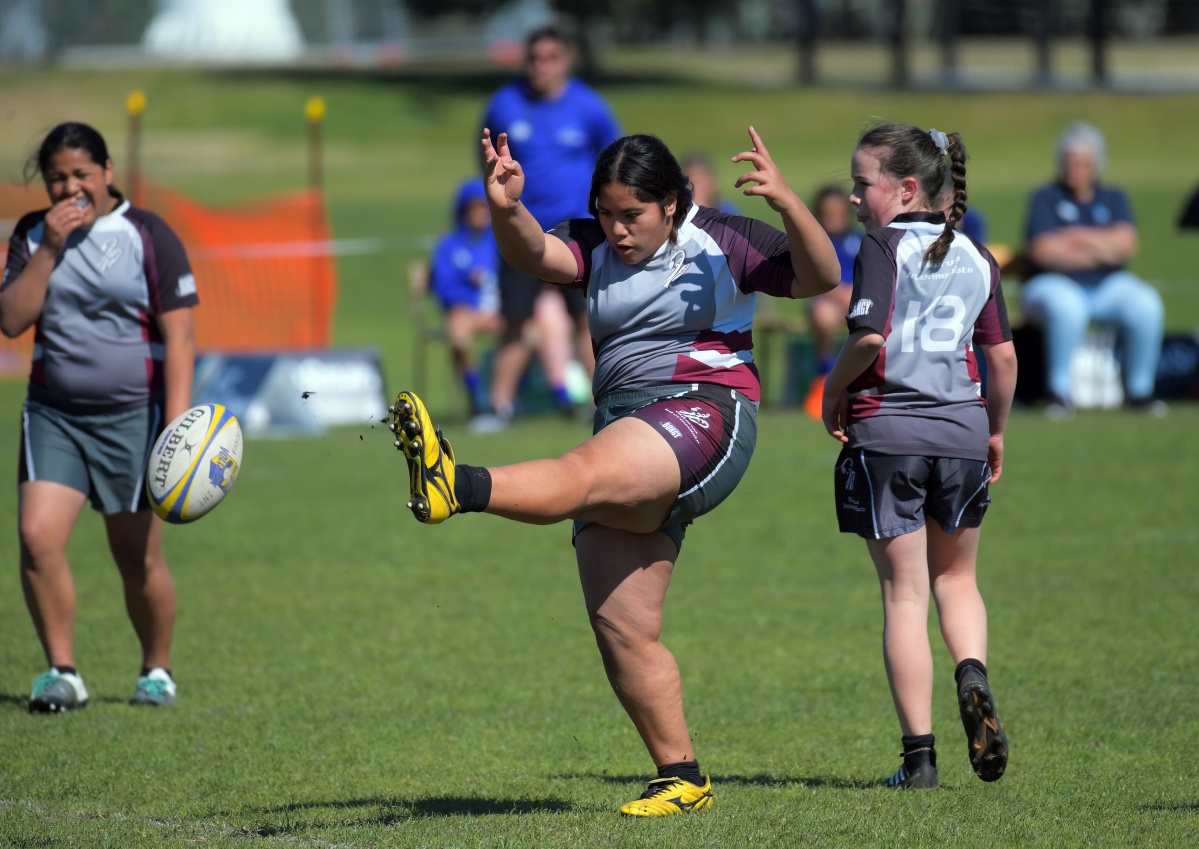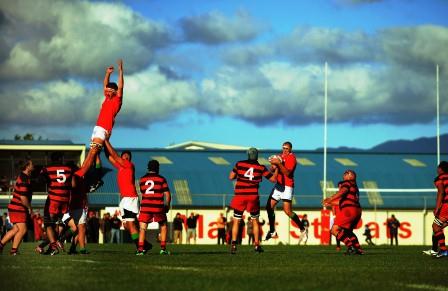- Rugby Toolbox
- Resources & Education
- Learn more
- Articles
- Snook on Coaching
- Try Something New
- Ruck & Run Drill
- Playing Philosophy – Ruck & Run Coaching Components
- Playing Philosophy – Spread the Forwards
- Playing Philosophy – A forward behind the ruck
- Playing Philosophy – Ruck & Run
- Playing Philosophy – An idea!
- The Breakdown
- Building Positivity [3]
- Building Positivity [2]
- Building Positivity
- Fitness and Game Related Activities
- Getting the Head Working
- Missiles are Dangerous
- Use of Video
- Winger Attacking Outside First-Five
- Player Profiling
- Selection
- Fitness Away from the Team Session
- Playing Philosophy (Pre season Prep)
- Coaching the Coaches
- The Rugby Coordinator and Pre-Season Preparation
- Why Not Use Tap Penalties More Often?
- Why Kick the Ball Down the Middle of the Field?
- Defending the 5 Metre Lineout Drive
- Scoring from the 5 Metre Lineout
- What are the Kicking Team Aiming to Achieve from Halfway Restart
- Should We Practice Scoring Tries?
- Team Culture
- Looking After Your Players
- Coach Survival Tips
- Under 11/13 – Backline Defence
- Under 11/13 – Ruck Defence
- Under 11/13 – Back Attack
- Under 13 – The Counter Attack
- Under 11/13 – The Maul
- Under 11/13 – Lineouts
- Under 11/13 – Decision Making
- Under 11/13 – Support Play
- Under 11/13 – Dive Pass and More
- Under 11/13 – Drop & Grubber Kick /Highball Catch
- Under 11/13 – Front on Tackling
- Under 11/13 – Contact – Getting Up – The Ruck
- Under 11/13 – The Coaching Session
- Under 8/10 – Using Space
- Under 8/10 – Kicking
- Under 8/10 – Contact and Picking Up the Ball
- U8/U10 Draw & Pass and Sidestep
- Under 8/10 – The Tackle
- Under 8/10 – The Coaching Session
- Under 7 – Test Your Coaching – Support Play
- Tap Pass and Swerve U7
- Ball Familiarisation; Passing & Receiving
- Activities for the Non-Contact Tackle
- Under 7 – The Coaching Session
- Coaching Teenagers – After the Ruck
- Coaching Teenagers – The Practice Session
- Coaching Teenagers – Best Practice
- Coaching Kids – Best Practice
- Plays from a Tap Penalty
- Running Plays from a 5 Man Lineout
- Driving Plays from a 5 Man Lineout
- Strike Plays at the End of the Lineout
- Back Strike Plays at the Lineout
- Wide Strike at the Scrum (2)
- Wide Strike at the Scrum
- Midfield Attack at the Scrum
- No 8 Plays at the Scrum (2)
- No 8 Plays at the Scrum
- The Cut Out Pass
- Skills to Penetrate (2)
- Skills to Penetrate
- Movements to Penetrate
- Patterns to Penetrate
- Contact and Continuity
- Keeping the Ball Alive Out Wide
- Pre Season Support Activities
- Checklist
- Understanding the game
- The Playing Philosophy
- The Lineout
- Overview
- Team Profile
- Start Now!
- Backrow
- Nine and Ten
- Rugby-related Fitness Activities
- The Psychological Edge
- Open Field Play
- Key Performance Indicators
- Improving Team Performance
- Backline Attack Concepts
- Tactics at Phase Play
- Playing Philosophy
- The ‘Stop Focus’
- Kick Attack
- Clearing the 22
- Wide Attack at Phase
- Player Focus
- Scrum Preparation
- Lineout Preparation
- Back Attack Preparation
- Sevens Preparation
- Sevens Kick Offs
- Sevens Scrum and Lineout
- Sevens Attack Patterns
- Sevens Defence
- 7's Selection and Game Planning
- Coaching and Leadership
- How the Game Evolves
- Changing Within the Game
- Learning from the Television.
- Using Tap Penalties Wisely
- Defence Drills
- Defence Drills for Tight Five
- Team Defence and TUB’ing
- Establishing Patterns from the Ruck
- Structured Phase Play
- Structuring Phase Play on the Run
- Coaching Roles
- Structuring a Close in Tackling/Defensive Session
- Coaching in Threes
- Attacking Back Play
- Kick Off Chase
- Wrap Around Back Plays
- Lineout Plans
- Looking and Learning
- Motivating Your Players
- Scrum Attack
- Refocusing the Team
- Monitoring the Progress
- Learning the Game
- Playing to the Laws
- Small is OK
- Decisions After the Tackle
- Improving Your Coaching
- Food for Thought
- More Food for Thought
- Passing & Catching
- How Ireland Nearly Beat the All Blacks
- The Progressive Coach
- Try Something New
- Encouraging Excitement
- The Mental Approach
- Where to Start
- Being the Best You Can Be
- Off the Ball Decisions
- Lineouts Difficult to Master
- Decisions on the Run
- Rucking and Rolling
- A Successful Approach
- Gaining Clarity
- Manipulation vs Physicality
- Beating the Drift
- To Ruck or Not to Ruck
- Stopping the Lineout Drive
- Fine Tuning the Planning
- It's a Running Game
- RugbySmart 2015
- Using the Shoulders
- Loosehead Prop / Tighthead Prop
- Position Specific – Hooker
- Position Specific – Lock
- Position Specific – Blindside Flanker
- Position Specific – Openside Flanker
- Position Specific – No 8
- Position Specific – Halfback
- Position Specific – First Five Eighth
- Position Specific – Second Five Eighth
- Position Specific – Centre Three-quarter
- Position Specific – Wing
- Position Specific – Fullback
Try Something New

It is amazing how hard it is to convince club players to try out something that they haven’t come across before in their rugby playing career.
A friend of mine Graham O’Brien, a Ranfurly Shield winning coach with Taranaki, introduced me to a driving lineout from close attacking positions that headed at a 45 degree angle across the field towards the goalposts and although he had found success at NPC level, it has often been difficult in convincing club teams of its worth.
The few times I have used this tactic has resulted in a 60%+ scoring record, so it is probably worth bringing it out of the cupboard and brushing it up for 2014.

The concept behind driving on the angle is so that the defence can’t mount a strong counter, unlike driving in the middle where the defence is strongest. Also because it heads at pace across the field, in theory the defenders must come around in an offside position and not through the gate to hit it head on.
Most of the techniques, skills and tactics involved are already part of the make up of a normal drive, the big problem being the psychological barrier players have because they are not driving directly down the field.
It works like this. Lineout numbers referred to are: (back)7-6-5-4-3-2-1 - H
Work out a pattern so that the ball is thrown to the back jumper. (No 6) The jumper must be strong in the air and come down in a position that makes it difficult for him to be interfered with by the opposing player.
The players on either side of him (7 & 5) will block as normal. The lifter in the front position should get as far forward as possible so that he can accommodate a drive going towards the goalposts and needs to be quick and strong to stop the jumper being ‘sacked’.
The back lifter will also benefit from getting low and facing forward in a driving position.
The player at 4 will turn and bind on the front lifter (5) and prepare to drive across the field by getting as far forward as possible in a low, driving position.
The momentum and direction is dictated with the front player in the lineout (usually an athletic prop – No 1) coming around and driving hard on to ball and the man.[4 hands securing the ball]. He will bind on tight and keep the ball in that space as long as possible as he drives on that angle. He must create the momentum before the defence can get set so he needs to drive in hard, which means the front group must be set quickly.
No’s 2 & 3 will bind up and drive around together hitting the maul going across the field on the inside cheek of No 1 and on number 5. Like any maul, positional changes may vary on how well the drive is initially set up.
It is crucial that 1 now has the ball under his inside arm.
Finally the hooker (H) will arrive and will either seal off the outside of no 7 or No 1 if the drive has spun around too far; or he will drive from the back of the maul and take control of the ball.
It is important that the front group stay tight and bound, stay strong, and don’t leave the maul. As the maul evolves it will be driven and communicated from the back with the halfback guiding players as to where they are needed.
The key is to get momentum early and keep it going.
The aim is to score somewhere near the goalposts.
If a new maul is required, then it is absolutely imperative that the ball is under the inside arm and the usual maul tactics and techniques are applied.
A really imaginative coach might try this pattern from a short lineout. If the drive is halted the ball can be popped to a couple of forwards on the burst or to a couple of backs who are sprinting down the short side.
Try it out. Introduce your own variations. There are lots of tactics and plays that can be developed at lineout time.
Good luck.